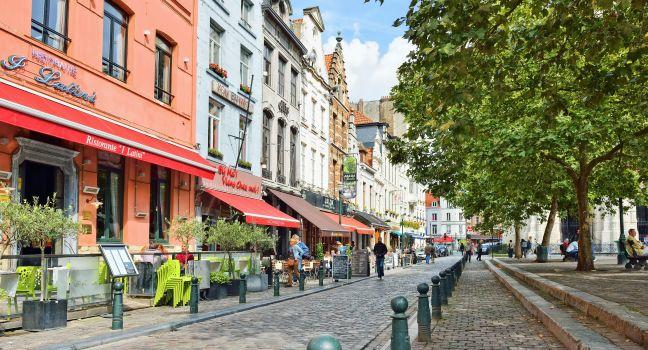Place d’Armes
This square has played a part in the economic history of Belgium, for here during the 18th century, when the city was under Austrian rule, the Department of Commerce met and money was minted. It has also felt the brunt of Belgium’s position as a European battleground—it was leveled in World War I and again in World War II. Today the square consists of an immense, hardwood platform—a sunny local meeting place—surrounded by modern buildings containing a conference center and shops. The annual Christmas Market takes over the square in early December. Just off the north end of the square is the 18th-century Beffroi, a stone tower that was never actually a belfry, despite its name.




